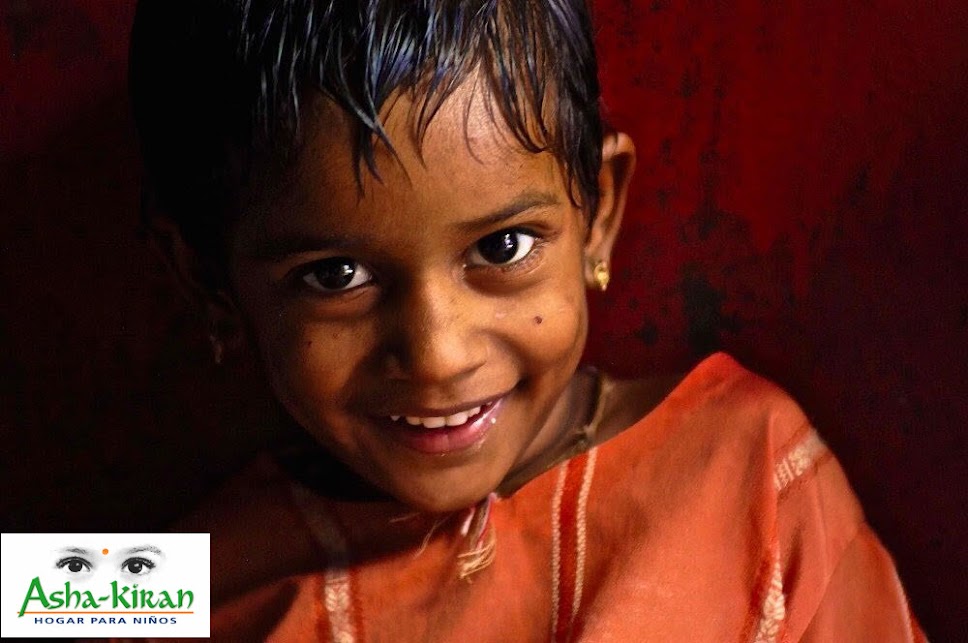Wednesday, June 20, 2012
SCHOOL AND WORK: INCOMPATIBLE
Save the Children points out the need for amending the Child Labour Prohibition and Regulation Act (CLPRA) to bring it in line with the Right to Education Act (RTE). The CLPRA prohibits employing children below 14 as domestic help. Unfortunately, child labor, which is analogous to modern-day slavery, is still endemic.
Children who work as domestic help are forced to work long hours with little food, are paid minimal wages or not paid at all, and are largely invisible to the outside world because they live with their employers. This invisibility is one of the main reasons for the vulnerability of child domestic workers to exploitation and abuse.
“You cannot have one law that promises elementary education to all children and another one that regulates child labour. With the RTE now in place, there just cannot be another law which regulates child labour”, a spokesman said. The ‘regulation’ part of the CLPR is in direct contradiction with the constitutional guarantee of free and compulsory elementary education for children between 6 and 14.
Also, around 70% of child laborers work in agriculture. Yet, this form of child labor is left out of the purview of the CLPRA. Any law that attempts to tackle child labor cannot overlook the category of children in agriculture since the majority of child workers are in this sector.
If the Indian government is serious about implementing the RTE, then it must amend the CLPRA urgently. India is one of the very few countries that has not ratified ILO Convention 182 on banning the worst forms of child labour. According to the 2001 census, there are 12.6 million children under the age of 14 engaged in child labour, but civil society places the number of child labour at a more realistic 40 million or so.
While poor families need all the help they can get in their effort to make a living and this often entails pushing their own children to work, society must be educated on the equally pressing need of extracting its disadvantaged children from the vicious circle of poverty and lack of education.
Source: Save the Children
Tuesday, June 5, 2012
ABOUT SCHOOLING
One out of four places in private schools in India will be reserved for socially and economically disadvantaged groups. This resolution is a result of the Indian Supreme Court having recently endorsed Clause 12 in the Right to Education Act. Some private educators challenged the constitutional validity of this clause, arguing it violated their autonomy, but the Supreme Court certified that this applies to both public and unaided private schools.
Approved in 2009, the Right to Education Act (RTE) makes education a fundamental right of every child aged 6 to 14 and specifies minimum regulations in elementary schools. It is the first legislation in the world placing the responsibility of education directly on the State.
“We celebrate the Court’s decision. However, it is crucial to ensure a proper implementation of the Act, allocating the resources needed and effectively monitoring its application while enhancing the public education system”, said Mr. S. Eswaran, General Secretary of the All-India Primary Teachers’ Federation. He explained that key issues such as gender balance and preventing discrimination within the classroom should be taken into account.
“We, as teacher unions, believe that an egalitarian education system would aim to enhance the quality of public education above all. One of the main challenges is solving the current shortfall of teachers through quality recruitment and professional training,” Eswaran concluded.
According to the 2011 Indian census, the literacy rate has gone up from 65% to 74% in the last decade - an important attainment in the second most populous nation in the world. Although this can be considered a success, a lot more has to be done to meet the Millennium Development Goal of achieving universal primary education by 2015.
Source: ei-ie.org
Subscribe to:
Posts (Atom)




